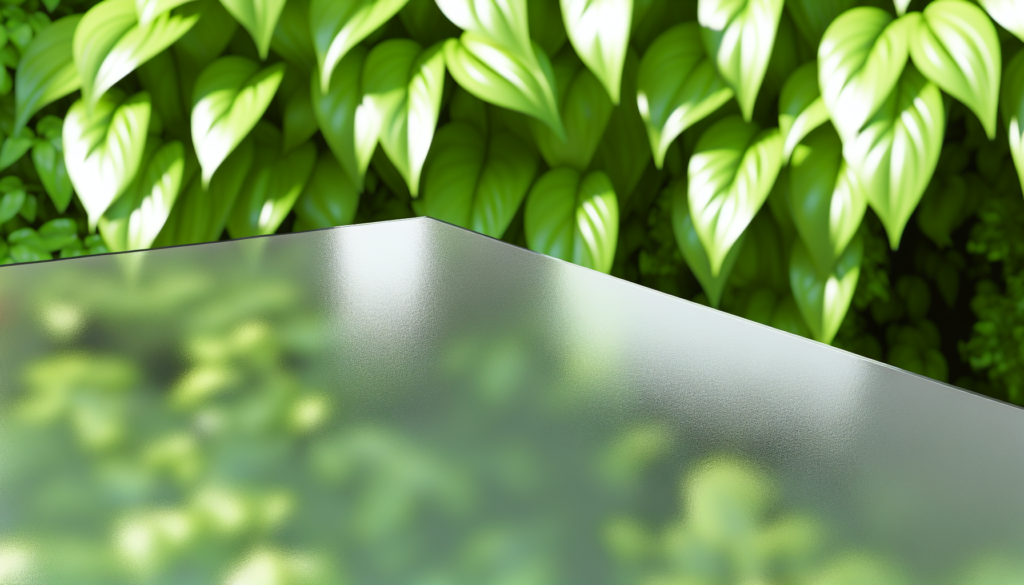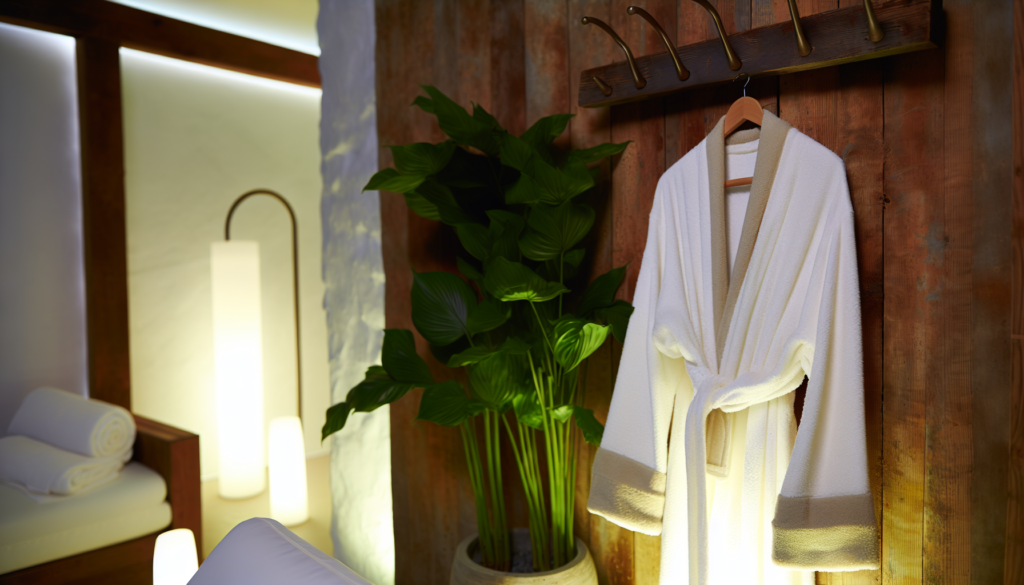Dealing with rough skin can feel like an endless battle. One day it’s dry patches, the next it’s uneven texture that catches the light in all the wrong ways. If you’ve tried countless products only to be disappointed, you’re not alone. The good news is that transforming rough skin doesn’t require expensive treatments or complicated routines. With just five strategic steps and consistent application, you can say goodbye to that sandpaper texture and hello to the smooth, touchable skin you deserve.
Understanding Rough Skin: The Root Causes
Before jumping into any skincare routine, it’s worth understanding why your skin feels rough in the first place. Rough skin typically results from a buildup of dead skin cells on the surface, inadequate hydration, environmental damage, or sometimes underlying conditions like keratosis pilaris (those tiny bumps often found on arms and thighs).
Age plays a factor too – as we get older, our skin’s natural exfoliation process slows down, leaving more dead cells hanging around. Weather conditions, particularly dry winter air, can strip skin of moisture, while summer sun exposure can damage the skin barrier, leading to roughness and uneven texture.
The good news? A consistent, targeted approach can address these issues and transform your skin’s texture surprisingly quickly.
The 5-Step Routine for Silky-Smooth Skin
Step 1: Gentle Cleansing Without Stripping
The foundation of any effective skincare routine begins with proper cleansing. When dealing with rough skin, harsh soaps and foaming cleansers can actually worsen the problem by disrupting your skin barrier.
Look for cream-based or oil cleansers that remove impurities without stripping natural oils. Ingredients to seek out include:
Cleanse morning and night, but consider using just water in the morning if your skin tends to be dry. Remember that hot water can further dry out your skin, so opt for lukewarm temperatures even when it’s tempting to crank up the heat.
Step 2: Strategic Exfoliation – Less is More
Exfoliation is crucial for removing dead skin cells that contribute to roughness, but over-exfoliating can damage your skin barrier and make matters worse. The key is finding the right balance.
For chemical exfoliation (often gentler than physical scrubs), consider:
Start with just once or twice a week, applying in the evening after cleansing. Your skin will tell you if you need to adjust – redness, tightness, or increased sensitivity means you should scale back.
Step 3: Hydration from the Inside Out
Proper hydration is non-negotiable when addressing rough skin texture. A well-formulated hydrating serum creates the perfect foundation before moisturizing.
Look for serums containing:
Apply to slightly damp skin to lock in additional moisture. Pat, don’t rub, allowing each layer to absorb before moving to the next step. And don’t forget internal hydration – drinking enough water throughout the day supports your skin’s moisture balance from within.
Step 4: Seal with the Right Moisturizer
After hydrating serums, you need the right moisturizer to seal everything in and further soften the skin’s texture. The ideal formulation depends on your skin type:
For dry, rough skin, look for richer creams containing shea butter, ceramides, and natural oils. If you’re combination or oily but still experiencing roughness, lighter gel-creams with glycerin and squalane provide hydration without heaviness.
Apply moisturizer while your serum is still slightly tacky for maximum absorption. Don’t forget often-neglected areas like the neck, chest, and backs of hands, which can show roughness too.
Step 5: Sun Protection – Non-Negotiable
The final and perhaps most critical step is sun protection. UV damage breaks down collagen and elastin, contributing significantly to rough texture over time. Even on cloudy days or when spending time indoors, those rays find their way to your skin.
Choose broad-spectrum SPF 30+ and reapply every two hours when outdoors. Modern formulations have come a long way – you can find options that don’t leave a white cast, pill under makeup, or feel greasy.
Remember that consistency with sun protection doesn’t just prevent future roughness – it allows all your other skincare efforts to work more effectively.
Beyond the Basic Routine: Extra Tips for Success
While the five-step routine forms your foundation, consider these additional strategies to enhance your results:
Weekly treatments with hydrating masks containing ingredients like honey, aloe, or oatmeal can provide intensive moisture when your skin needs extra help.
Consider sleeping with a humidifier in dry environments or during winter months – the added moisture in the air can prevent your skin from drying out overnight.
Pay attention to your diet – foods rich in omega-3 fatty acids, antioxidants, and vitamin C support skin health from the inside, contributing to a smoother texture over time.
When to Expect Results
Patience is key when addressing rough skin. The skin renewal cycle takes approximately 28 days (longer as we age), so give any new routine at least a month before judging results. You’ll likely notice improvements in hydration immediately, but significant texture changes take more time.
If you don’t see improvement after 6-8 weeks of consistent application, consider consulting a dermatologist. Sometimes rough texture can indicate underlying conditions that benefit from prescription treatments.
Remember that skin care is a journey, not a destination. What works in summer might need adjusting in winter, and your skin’s needs change over time. Listen to your skin and be willing to adapt your routine accordingly.
With consistency and the right approach, transforming rough, textured skin into a smooth, touchable surface isn’t just possible – it’s inevitable. Your skin care routine doesn’t need to be complicated or expensive to be effective; it just needs to be the right combination of products and consistency for your unique skin needs.







